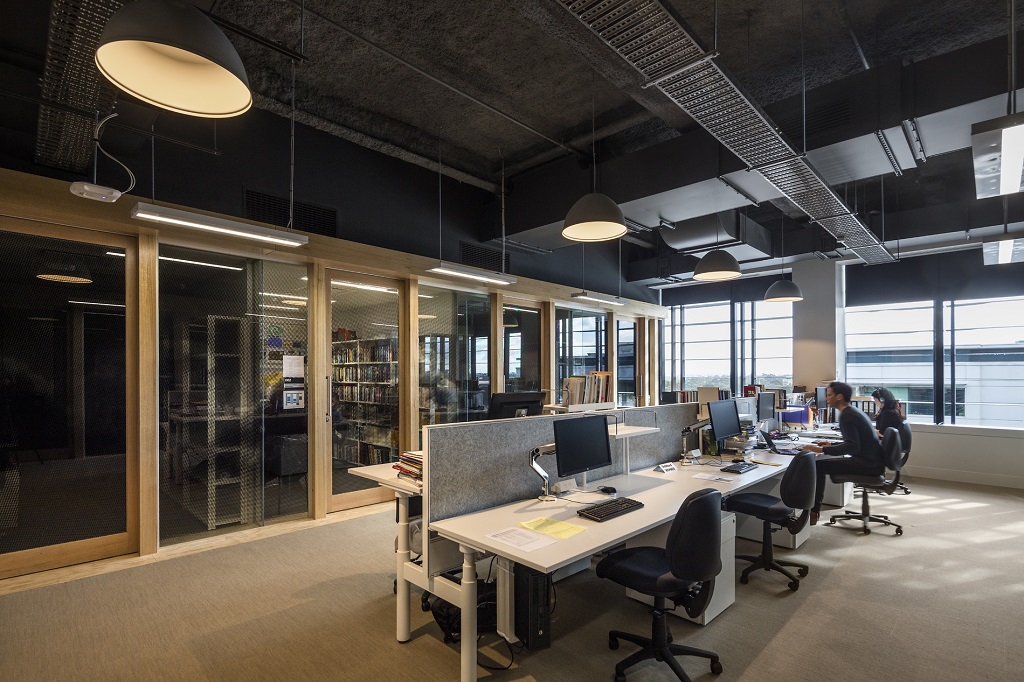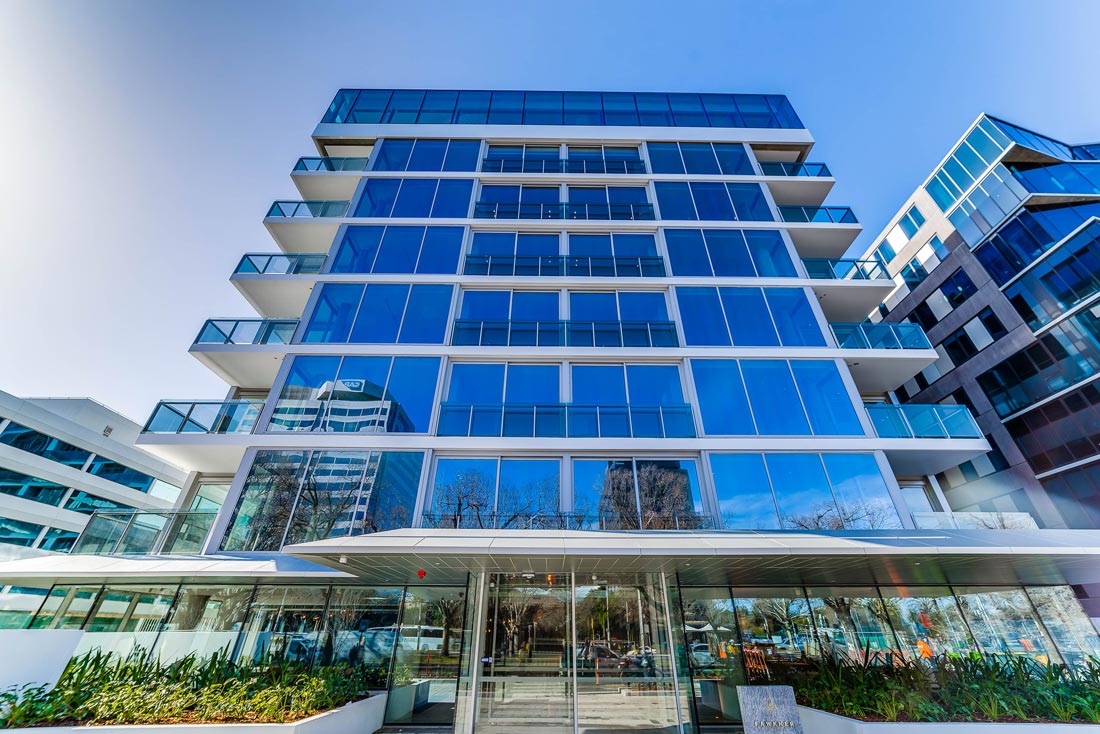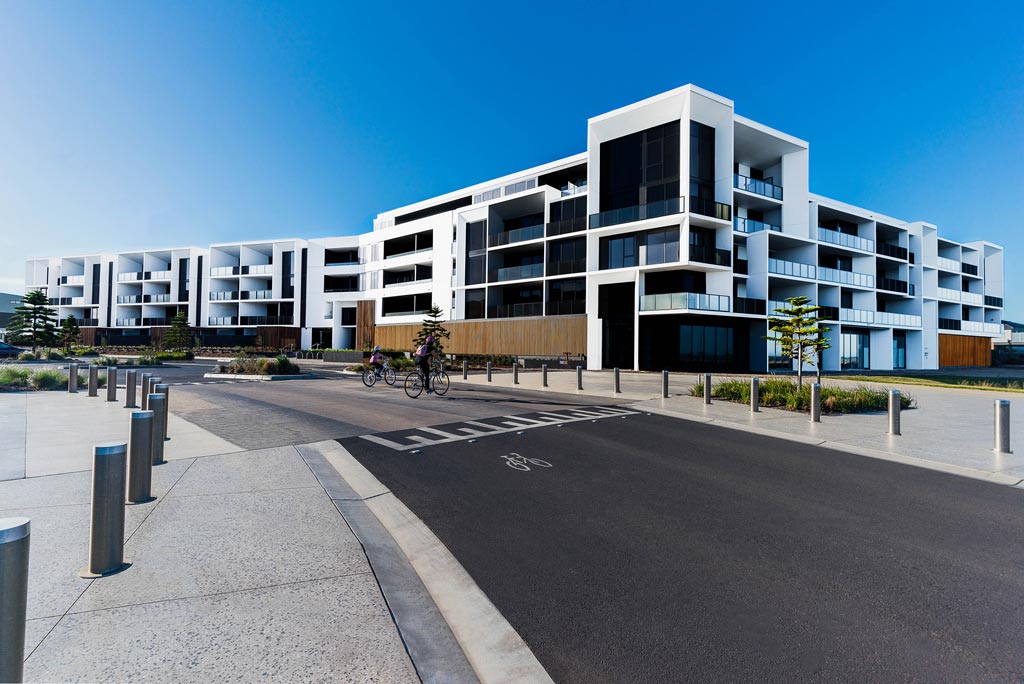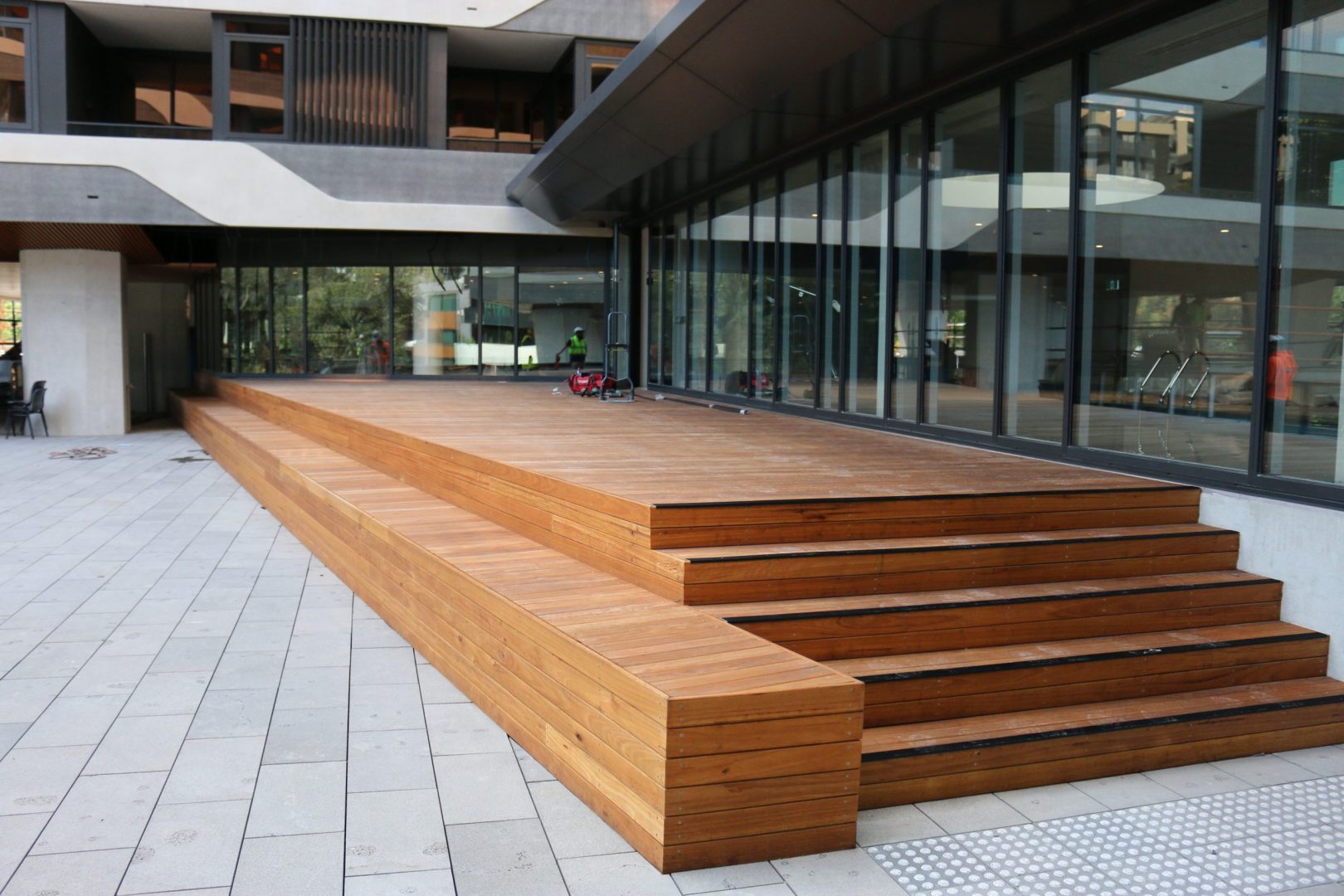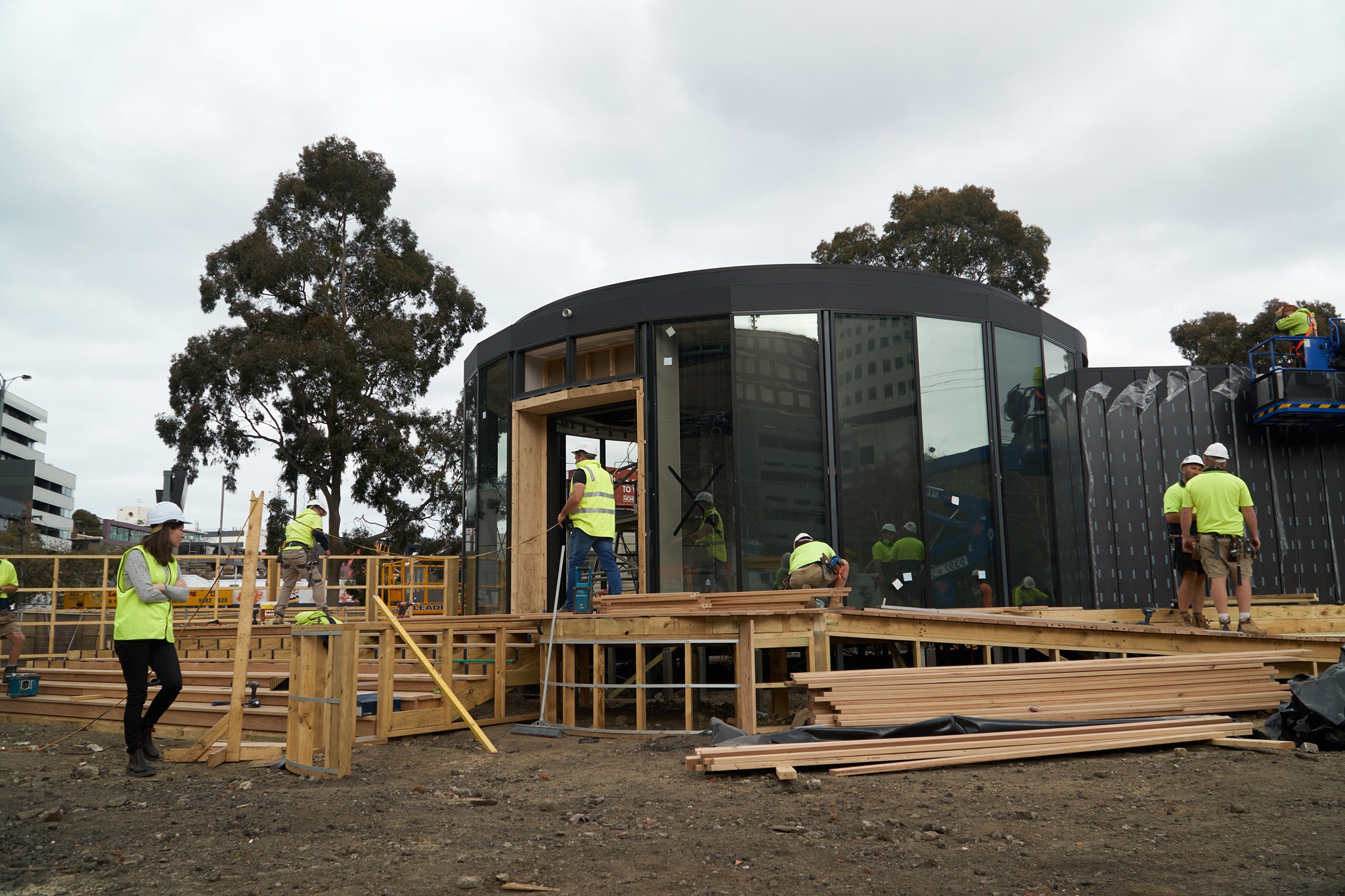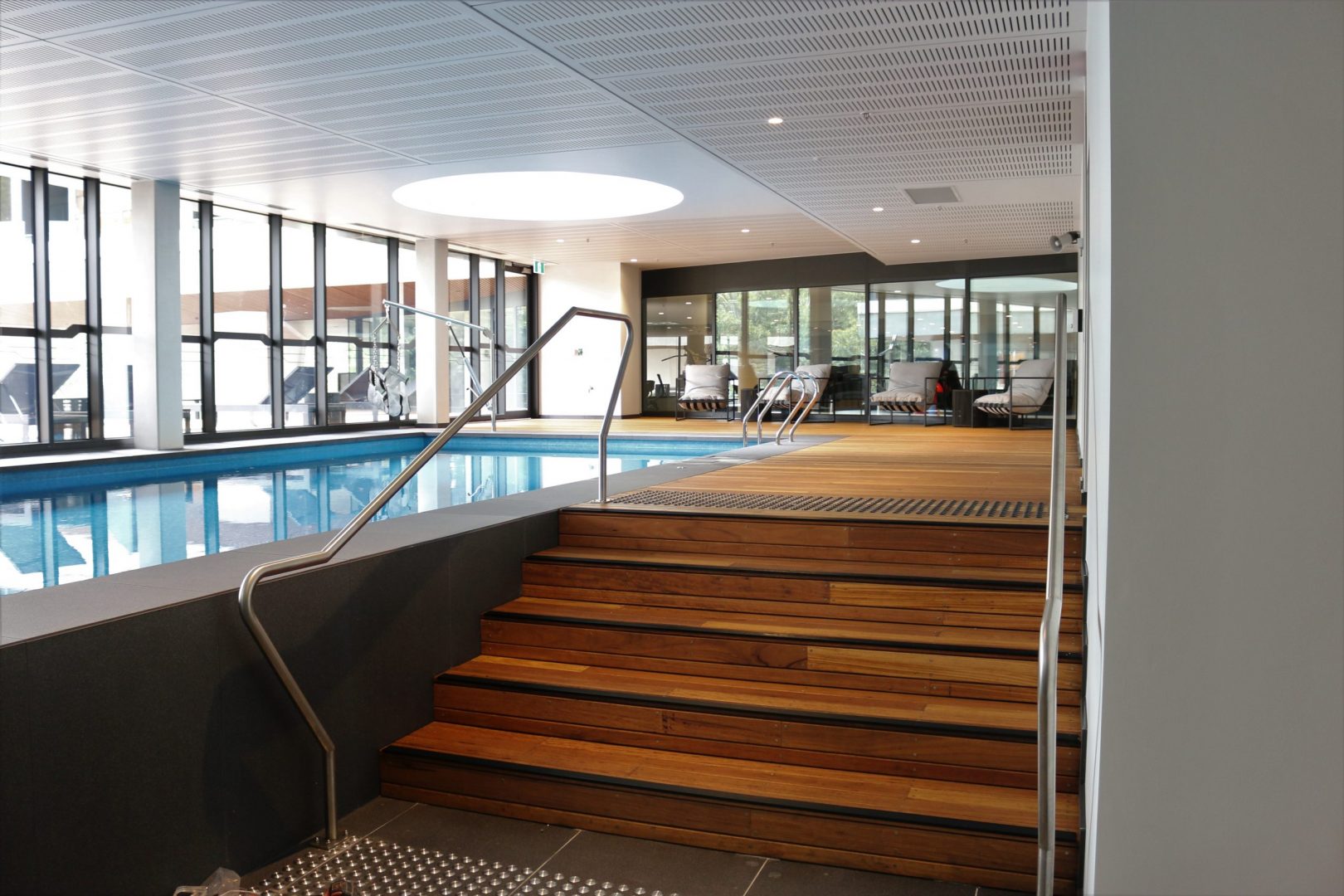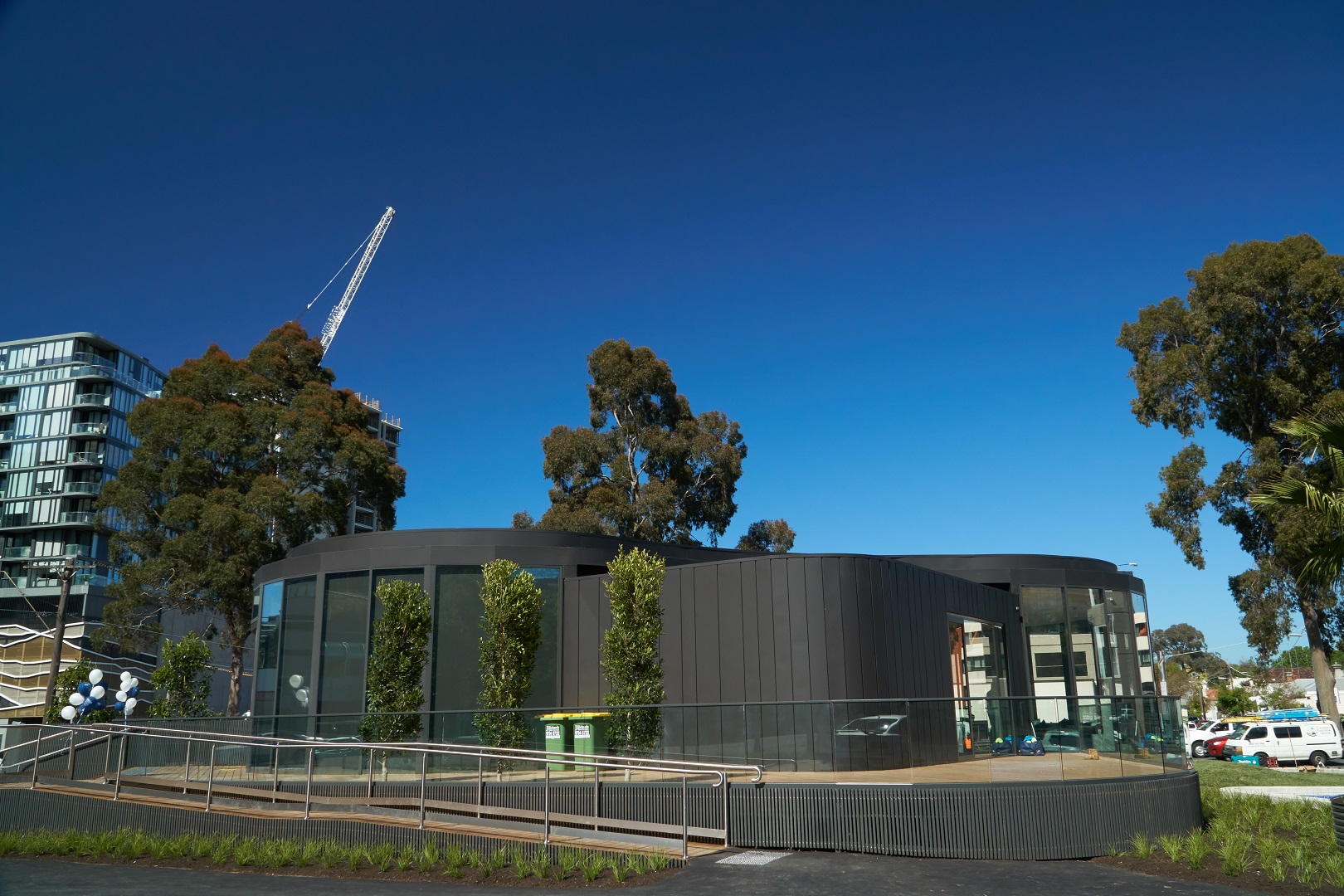
Discover the power of exterior timber cladding in urban commercial settings in Melbourne. Explore design possibilities of this stunning carpentry today.
Exterior timber cladding has become a popular choice for urban commercial buildings, offering a blend of natural beauty, sustainability, and durability. Timber cladding not only enhances the aesthetic appeal of a structure but also provides functional benefits such as insulation and weather protection. Let’s delve into the types of timber commonly used for exterior cladding and explores the various design possibilities for urban commercial settings.
Types of Timber Commonly Used for Exterior Cladding
Choosing the right type of timber is crucial for achieving the desired look and performance of exterior cladding. Here are some of the most commonly used timbers:
• Cedar – Cedar is a popular choice for exterior cladding due to its natural resistance to decay and insects. Its rich colour and fine grain offer an elegant finish, and it can weather to a silver-grey patina. Lightweight and stable, cedar is also easy to install.
• Larch – Larch is durable and strong, making it ideal for exterior cladding. Its reddish-brown colour adds warmth to commercial buildings. Larch is moisture-resistant, maintaining structural integrity, and its high resin content makes it naturally resistant to rot and pests.
• Treated Pine – Treated pine is versatile for cladding, treated to resist decay, insects, and weathering, available in various finishes. Sourced sustainably, it’s cost-effective and eco-friendly.
• Exotic Hardwoods – Exotic hardwoods like teak, ipe, and mahogany are highly durable and luxurious, perfect for high-traffic commercial settings due to their resilience against wear, decay, and insects. Their rich colours and textures enhance any building’s aesthetic.
Exterior Timber Cladding Design Possibilities for Urban Commercial Settings
Exterior timber cladding from commercial contractors offers endless design possibilities that can transform the look of urban commercial buildings. Here are some design ideas to consider:
• Horizontal vs. Vertical Orientation – The orientation of the cladding boards can significantly impact the visual effect. Horizontal cladding offers a traditional look, while vertical adds contemporary height. Both highlight architectural lines for a striking facade.
• Shiplap and Tongue-and-groove Styles – Shiplap and tongue-and-groove cladding styles are popular for their clean lines and seamless finish. Shiplap boards overlap each other, creating a tight seal that enhances weather resistance. Tongue-and-groove boards fit snugly for a smooth surface, offering modern or rustic looks based on timber choice and finish.
• Innovative Geometric Patterns – Innovative geometric patterns can add a unique and artistic touch to commercial buildings. Diagonal, herringbone, and chevron patterns are just a few examples of how timber cladding can be arranged to create dynamic and eye-catching designs. These patterns can highlight specific architectural features and add a sense of movement and texture to the facade.
• Mixing Timber with Other Materials – Combining timber with other materials, such as metal, glass, or stone, can create a visually stunning and contemporary look. Timber adds warmth and natural beauty, while materials like metal and glass provide contrast and modernity. This mix-and-match approach allows for creativity and customisation, enabling architects and designers to achieve a distinctive and personalised aesthetic.
Ready to transform your commercial space with the timeless beauty and functionality of timber cladding? Altitude Co. is your one-stop shop for expert commercial carpentry solutions. We specialise in crafting stunning exterior timber facades for commercial buildings, drawing on years of experience and a commitment to quality craftsmanship. Let us help you bring your vision to life.
View our profile on ICN Gateway
Search for “domestic construction”. 


